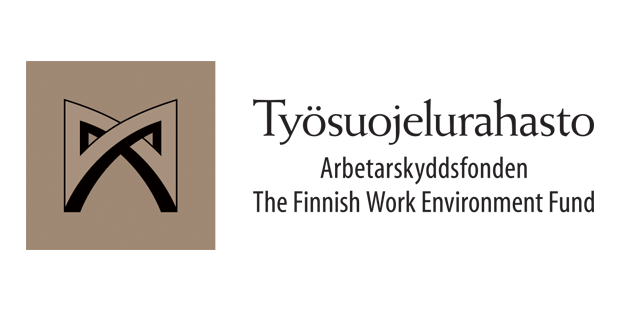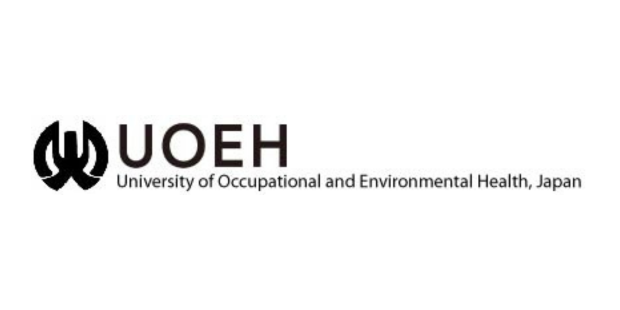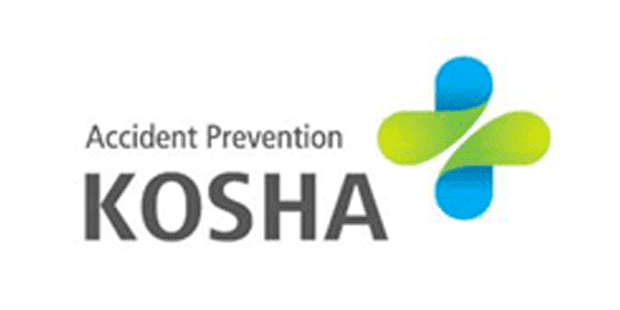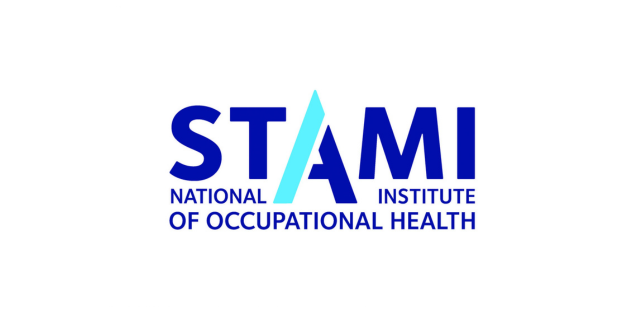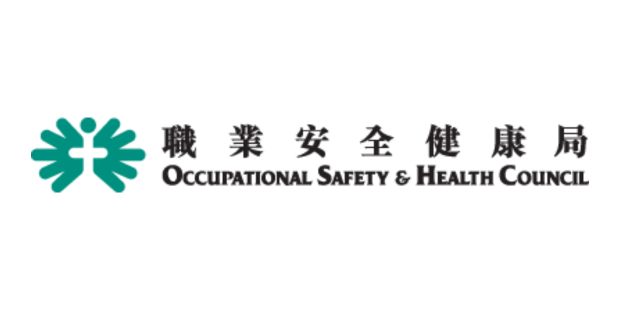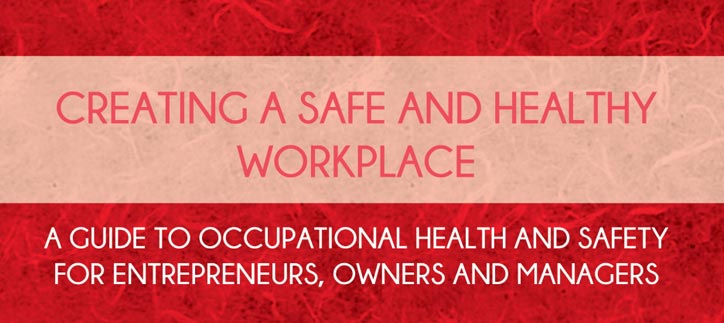Asbestos and Public Health - the International Dimension
Activities towards a global ban and the role of the World Trade Organisation
Seminar held at London School of Hygiene and Tropical Medicine - 5th June 2001
Richard Ennals, Kingston University
Chairman, ICOH Network, occupational health education in developing countries
Introduction
The meeting was chaired by Tony Fletcher of LSHTM and Laurie Kazan-Allen of the International Ban Asbestos Secretariat. The group of speakers were en route to Brussels for a meeting on Asbestos at the European Parliament with the 13 applicant countries to the EU.
Proceedings
Tony Fletcher (tony.fletcher@lshtm.ac.uk) provided an historical context, with asbestos mined from 1879, and reports of asbestosis since 1898, lung cancer since 1932 and mesothelioma since 1955. Asbestos is the largest single occupational cause of death and disease. The policy options are: do nothing; controlled use, or ban. The arguments have to be weighed, and many countries have banned asbestos. Canada tried to use the World Trade Organisation to overrule a ban by France.
Laurie Kazan-Allen (laurie@lkaz.demon.co.uk) edits the British Asbestos Newsletter. She argued that there is no safe threshold level for asbestos (a view shared by WHO and ILO). Effects are dose related, and alternative materials are available. Bans were introduced by Iceland in 1983, Norway in 1984, and Denmark and Sweden in 1986. The ban in the EU followed previous decisions by 9 member states. There are also bans in Chile and 4 states in Brazil. The asbestos industry continues to fight back, especially in Canada, where 99% of asbestos production is exported.
Julian Peto (julian.peo@lshtm.ac.uk) outlined the epidemiology of health effects of asbestos. The peak of asbestos use was in 1960-1970, and the peak of deaths is likely to be in 2010-2020, with approximately 500,000 deaths in Western Europe. Figures are not available for the new applicant countries to the EU. He noted the occupational variations, with the impact greatest on metal plate workers, vehicle body builders, plumbers, gas fitters, carpenters, electricians and construction workers, and least on lawyers and doctors. The risks have been known since 1955. He challenged conventional accounts of risk assessment, arguing that the key issue was the probability that experts were wrong. He concluded that only a total ban could be justified, based on the precautionary principle now enshrined in EU law.
Barry Castleman (bcastle@mail.bcpl.lib.md.us) advised the European Commission during the recent WTO case by Canada, challenging the French ban. He saw the WTO as subverting national sovereignty, and was critical of the procedures followed in the case, which challenged public health laws in the name of free trade. Scientists were carefully chosen, documents were kept confidential, and NGOs were denied an active role. However, the WTO case, and the subsequent appeal, both upheld the French ban. This could be considered a landmark victory. It was probably significant that WTO has attracted recent criticism, and that major global corporations have withdrawn from asbestos. Barry Castleman argued for a presumption in favour of public health, human rights, the environment and worker protection. The burden of proof should be shifted, so that in cases such as asbestos and genetically modified organisms those introducing such materials should be required to demonstrate their safety, and the precautionary principle should be followed. He noted that there were dangers in relying on the narrow expertise of medical scientists, and that organisations such as the European Commission need to strengthen their legal teams.
T K Joshi, (joshitk@vsnl.com) of the Indian Association of Occupational Health, described the situation in India, and the problem of asbestos disinformation. Research has demonstrated the medical impact of absestos, but the scale of the problem is often masked by misdiagnosis. There are strong economic pressures for asbestos mining and manufacture to continue, providing direct employment for 6,000 and indirect employment for 100,000. He described crumbling buildings in his own hospital. In a $200m annual national turnover, the industry is based in 13 large units and 673 small units. There are regulations, but almost no enforcement, with a lack of data and expertise. The asbestos industry is close to policy makers, and applies pressure on doctors and researchers. There is no environmental assessment, no medical surveillance, no rigorous record keeping, and no training in the use of personal protective equipment. He described problems in February 2001 when he organised a conference to discuss a ban on asbestos. India"s economy is based on small enterprises; occupational health is dominated by physicians who have links to the asbestos industry; the academic research base is weak; and trade unions have shown little concern. He described a disaster in slow motion, with outcomes worse than Bhopal.
Fernanda Giannasi (giannasi@telnet.com.br) represents the Brazilian Association of People Exposed to Asbestos (ABREA). The situation in Brazil is similar to that in India. She spoke with 17 years experience as a labour inspector, and explained the social invisibility of asbestos diseases, partly because the symptoms arise long after exposure. Local myths are that Brazilian asbestos is pure and safe, and even good for the health. She illustrated the practical situation in Brazil, with strong mining, production and exports, as well as extensive use of Canadian asbestos. She works at local level, and ABREA has secured asbestos bans in 4 Brazilian states.
In discussion it was noted that low life expectancy in developing countries, and the employment of a young workforce, disguises the scale of asbestos related diseases. Tony O"Brien, a trade union official with plumbers and builders, argued that a ban is not enough: we must also address the dangers of working with asbestos in the workplace, including old buildings, today. Companies are now talking to campaigners in the hopes of reducing their compensation bills.
In Canada the town of Asbestos has paved the streets with asbestos. It was noted that Canada has been keen to promote other environmental and public health issues, but that self-interest has prevailed in the case of asbestos.
Carolyn Stephens (carolyn.stephens@lshtm.ac.uk) outlined the context for campaigning, as the battleground shifts from occupational to environmental justice, from litigation to industry transformation, with a key role for global solidarity, including between NGOs. She argued that the WTO decision on the French ban was an important victory. Asbestos has been a traumatic experience, changing from being seen as a lifesaver to a risk, from an investment to a cause of widespread bankruptcy. There are numerous products that use asbestos, and their removal involves a mixture of formal and informal measures. Industrial transformation on the collapse of the asbestos industry needs then to include removal, recycling and replacement. Solidarity is vitally important if there is not simply to be a race for compensation. Participatory epidemiology is part of a radically changed approach to science, reducing the domination of narrow experts.
In discussion, Richard Ennals (ennals@kingston.ac.uk) discussed the situation in South Africa, where the International Commission on Occupational Health is now working. The UK-based company Cape faced court action by 6,000 ex-miners at their asbestos mines in South Africa, who have, in a landmark judgement, been granted the right to be heard in the High Court in London (Guardian, 4th June 2001). In London, however, as reported by British Asbestos Newsletter Issue 42, Spring 2001, Cape were insured through Chester Street Insurance Holdings Ltd and Builders Accident Insurance, both of which have collapsed. Complex legal and political issues are raised.
Conclusions
The asbestos case illustrates how medical research, though necessary, is not sufficient to produce change. The medical dangers of asbestos have been apparent to scientists since at least 1955 (and there was a German ban as early as 1938). Today missile parts are being manufactured in Brazil, using asbestos for sales to Iraq, and metal for other customers. In India and Brazil the asbestos industry propaganda continues.
Following the WTO judgement on the French ban on asbestos, there is no reason, based on free trade, why the use of asbestos should continue. In Canada it would be cheaper to pay off the remaining 2000 miners. Substitutes are available for all significant applications of asbestos.
Having ended mining and production, the problem is not solved. The peak of deaths from asbestos-related disease comes 50 years after first exposure. Exposures will continue as long as asbestos is in use: the photographs from Brazil showed problems in walls, ceilings, roofing and domestic plumbing.
Many developing countries may have been spared exposures to the most dangerous forms of asbestos, but they now feel dependent on the industry, as major global corporations have withdrawn. There is a tendency to suppress medical and scientific information, and for arguments that healthy work is a luxury that poor countries cannot afford.
Now is the time when solidarity is needed between the various organisations concerned with healthy work. The WTO judgement has changed the political climate: a major battle is still to come. Companies that have made their profits from the use of asbestos, at the expense of the health of the workers, must expect to pay the consequences. Where insurance systems have collapsed, there is an essential role for governments, especially in cases where companies in industrialised countries now face court action in their own courts, concerning activities of their overseas subsidiaries.



